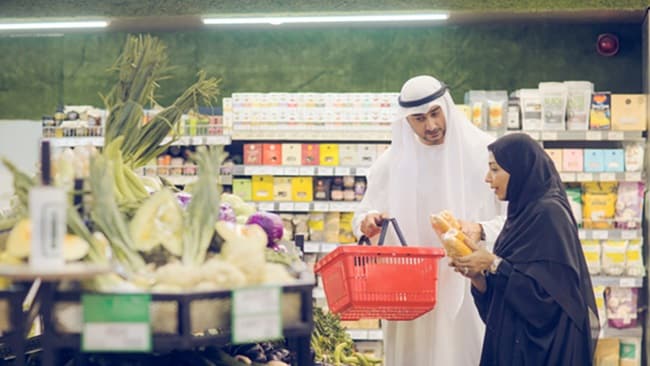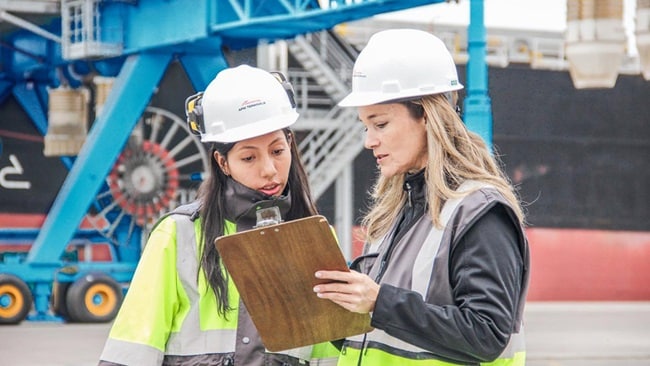The trade landscape in South Asia is changing as efforts to modernise customs procedures take hold. India, Bangladesh, and Sri Lanka are streamlining their customs processes, leveraging digital technologies, and forming collaborative partnerships to accelerate cross-border trade flows and stimulate economic activity.
India's Trade Modernisation Drive
Trade accounted for 19-20% of India’s GDP in 2022-2023. Given the sector's importance to India's economy, the government is strategically modernising trade to better position the country in the global market - India has committed to simplifying trade processes and improving trade facilitation.
In April 2023, India implemented the Foreign Trade Policy (FTP) 2023, with the lofty goal of increasing exports to USD 2 trillion by 2030. The FTP offers incentives to help exporters reduce costs and increase competitiveness, advocates for export promotion through collaboration, and suggests improvements to ease of doing business. The National Committee on Trade Facilitation (NCFT) coordinates the FTP's implementation, ensuring trade facilitation efforts are efficient and transparent.
India's customs modernisation agenda includes a strong emphasis on digitalisation. The Single Window Interface for Facilitation of Trade (SWIFT), e-Sanchit, and other online platforms are speeding up customs procedures, reducing clearance times and increasing transparency.
Furthermore, in order to improve customs clearance, India is pursuing trade agreements and collaborations with other countries. The Authorised Economic Operators (AEOs) agreement between India and the United Arab Emirates aids customs clearance by identifying and assisting importers and exporters with proven compliance during trade between the two countries. Other agreements, such as the Comprehensive Economic Partnership Agreement (CEPA) with the United Arab Emirates, the Comprehensive Economic Cooperation Agreement (CECA) with Singapore, the South Asia Free Trade Agreement (SAFTA), and the India-Sri Lanka Free Trade Agreement facilitate trade with partners.
The combination of technological advancements, customs facilitation processes, and trade agreements is expected to help India increase its exports of goods and services to USD 900 billion, up from USD 762 billion in 2022-2024.
Sri Lanka's Push for Digital Transformation
With a strategic location at the crossroads of major shipping routes, Sri Lanka is relying on digitalisation to improve customs efficiency and trade facilitation. Building on the Indo-Sri Lanka Free Trade Agreement (ISFTA), Sri Lanka has been modernising customs regulations to align with international standards, particularly in terms of meeting specific rules of origin. For example, the Central Board of Indirect Tax and Customs (CBIC) has introduced the Electronic Certificate of Origin (e-CoO), which provides a secure online platform for verifying the origin of products.
The ISFTA also promotes the online submission of customs declarations and documents via the Bill of Entry (ICEGATE) in India and e-Customs in Sri Lanka.
Bangladesh's Drive for Trade Efficiency
Bangladesh is also using trade agreements to accelerate changes in customs procedures, particularly after the passage of the Customs Bill, 2023. As a member of the Regional Comprehensive Economic Partnership (RCEP), the Comprehensive Economic Partnership Agreement with India, and the SAFTA, all of which will have an impact on customs policies and processes.
The Bangladesh Customs Administration has increased its automation efforts by implementing the web-based Automated System for Customs Data (ASYCUDA) to improve operations, facilitate trade, and increase transparency by allowing data sharing.
Given that Bangladesh is India's largest trade partner in South Asia, the two countries have worked together on projects such as electronic cargo tracking systems and the development of rail links.
The Future of Customs in South Asia
Modernising South Asian customs procedures is a significant step forward in the region's economic integration. Looking ahead, the landscape of South Asian customs procedures is set to change even more. The ongoing modernisation efforts in India, Bangladesh, and Sri Lanka are expected to continue, driven by the imperative to improve trade efficiency and promote economic growth. As these countries advance, businesses in the region must prepare for upcoming changes in customs procedures.
Discover more about how our team of customs experts can help your business navigate these changes and add efficiency to your supply chain.
How can you digitise your supply chains?
As e-commerce offering is getting higher, so are customers' expectations for a unified, easier experience. This can be achieved through the digitalisation of logistics which can simplify, connect, and optimise supply chains from end to end.
Learn more about how Maersk can help with the digitalisation of logistics.
未来,您想随时了解必读行业趋势吗?
您已经完成了,欢迎“登船”!
很抱歉,发送您的联系请求时出现问题。
请查看表单字段,确保所有已正确填写所有必填信息。如果问题仍然存在,请联系我们的支持团队以获得进一步的帮助。
未来,您想随时了解必读行业趋势吗?
使用此表格注册,即可直接在您的邮箱中接收我们的洞察见解,进入一个真正的综合物流世界。简单操作,即从我们为您量身定做的精选文章中获得启发,了解相关行业洞察信息。您可以随时取消订阅。
I agree to receive logistics related news and marketing updates by email, phone, messaging services (e.g. WhatsApp) and other digital platforms, including but not limited to social media (e.g., LinkedIn) from A. P. Moller-Maersk and its affiliated companies (see latest company overview). I understand that I can opt out of such Maersk communications at any time by clicking the unsubscribe link. To see how we use your personal data, please read our Privacy Notification.
By completing this form, you confirm that you agree to the use of your personal data by Maersk as described in our Privacy Notification.













